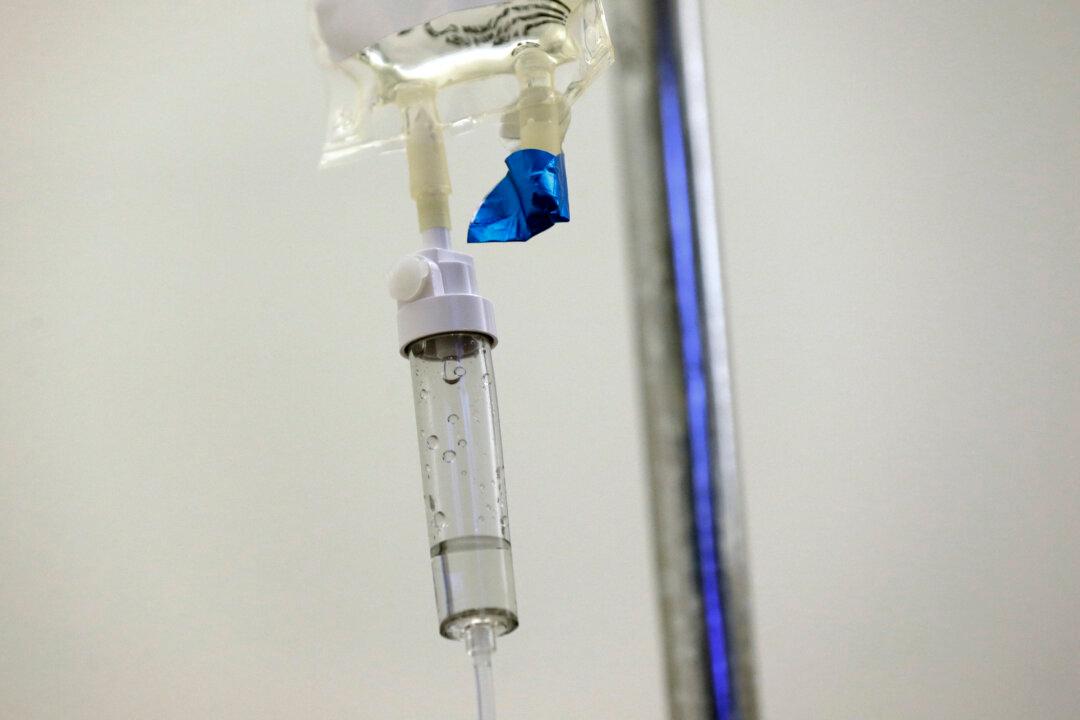A large-scale study has shown that a new treatment protocol cuts the risk of death from cervical cancer by 40 percent.
Researchers at University College London (UCL) and University College London Hospital (UCLH) have completed a long-term follow-up of patients given a short course of chemotherapy before chemoradiation (a combination of chemotherapy and radiotherapy).
The trial began in November 2012 and ended in November 2022.
The findings, which follow on from those first presented in October 2023, show a 40 percent reduction in the risk of death and a 35 percent reduction in the risk of cancer returning within at least five years.
At the time of the initial results, Cancer Research UK hailed the shift as the biggest improvement in cervical cancer treatment in more than 20 years.
Chemoradiation has been the standard treatment for cervical cancer since 1999, but despite improvements in care, cancer returns in up to 30 percent of cases.
5oo Women Enrolled
Throughout the ten-year period, the trial team recruited 500 women suffering from cervical cancer from hospitals in the UK, Mexico, India, Italy and Brazil.The majority of patients were recruited in the UK (380), with another 100 from Mexico and just 20 from the other three countries. The women ranged in age from 24–78, with an average age of 46, and all stages of the disease were represented.
The women were randomly allocated to receive either standard treatment or the new treatment combination.
After five years, 80 percent of those who received a short course of chemotherapy first were alive and 72 percent had not seen their cancer return or spread.
In the standard treatment group, 72 percent of the women were alive and 64 percent had not seen their cancer return or spread.
Researchers said that five patients involved in the trial have been disease-free for more than 10 years.
Professor Jonathan Ledermann, senior author of the study from UCL Cancer Institute, said: “The incremental cost for using the drugs in the Interlace trial is low, making this a new treatment that can be easily implemented in all health economies, to significantly improve overall survival.”
Dr. Iain Foulkes, executive director of research and innovation at Cancer Research UK, said: “Timing is everything when you’re treating cancer.
“The simple act of adding induction chemotherapy to the start of chemoradiation treatment for cervical cancer has delivered remarkable results in the Interlace trial.
“A growing body of evidence is showing that additional chemotherapy before other treatments, like surgery and radiotherapy, can improve the chances of successful treatment for patients.
Rates Highest in Young Women
Globally, there were 660,000 new cases of cervical cancer and 350,000 deaths due to cervical cancer in 2022, the researchers said.According to Cancer Research, there were 3,256 new cases of cervical cancer in women each year in the UK from 2017-2019, and 853 deaths from the disease on average in each of these years.







